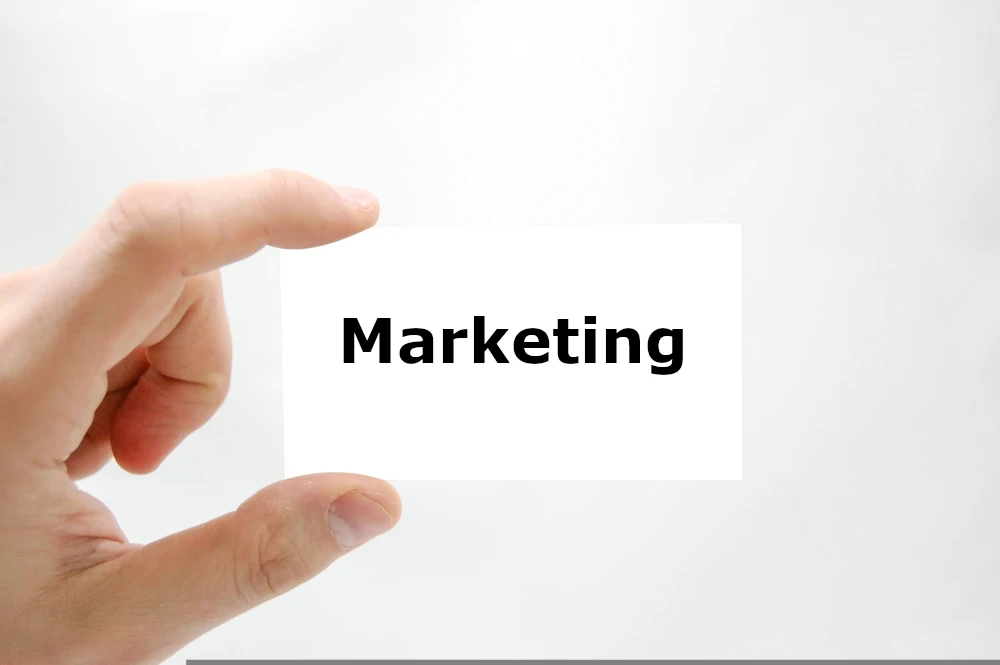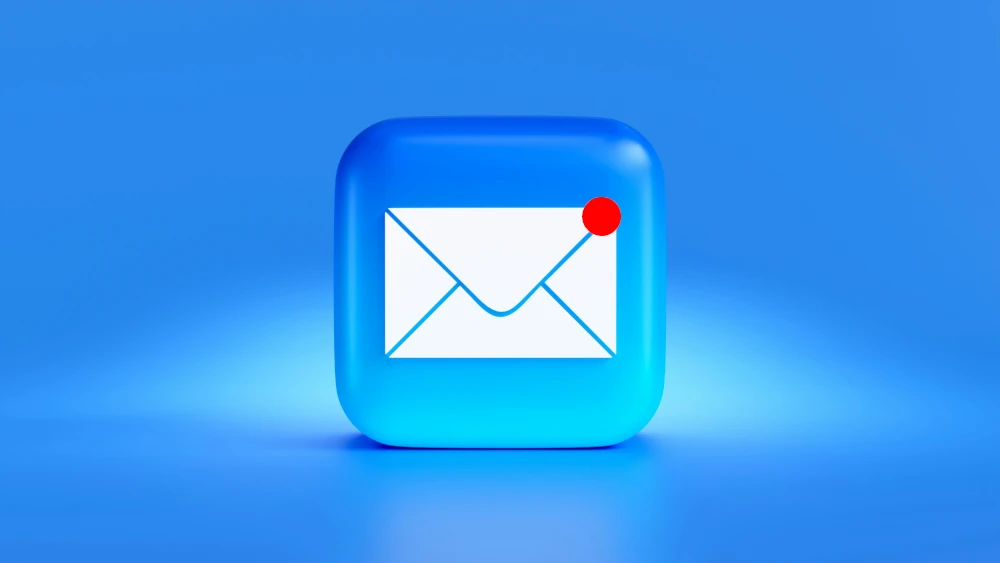In 2025, marketing is not just having beautiful advertisements and some cool posts on social media. Marketing is about using smart tools to attract, convert and retain customers efficiently. Whether you now boast of being an emerging startup founder, a small-scale business owner, or a domain veteran with miles of experience behind you, knowing how to leverage efficient modern tools will save time and increase ROI while leaving you a clear advantage ahead of your competition. This guide breaks down six such essential tools of marketing, explains what they do, and even illustrates how real businesses are using them effectively in 2025.
What Are Marketing Tools?
Marketing tools are the platforms, the software or the applications used by businesses to plan, carry out, monitor and analyze marketing campaigns. These tools include such functions as advertising, content creation, social media, email, SEO, automation, as well as performance tracking.
They enable marketers to:
- Reach the right audience
- Deliver personalized experiences
- Measure campaign performance
- Make data-driven decisions
In a tech-forward era, marketing tools are no longer optional; they’re core to success.

1. Digital Advertising Platforms
What It Is:
Digital ad platforms allow brands to place targeted ads across the web, from Google search results to Instagram stories.
Top Tools in 2025:
- Google Ads: Now features AI-powered predictive targeting and voice-search ad formats.
- Meta Ads (Facebook & Instagram): Offers deep behavioral segmentation.
- TikTok Ads: Leader in Gen Z engagement through short-form, trend-driven video.
Real-World Example:
A craft brewery in Bristol uses TikTok Ads to promote a seasonal IPA. The short, humorous video gains 300K views in a week, leading to a 20% increase in online orders.
Industry Insight (2025):
“We’ve cut our customer acquisition cost by 35% using Google Ads’ automated bidding,” says Daniel Shore, Head of Growth at a UK-based D2C skincare brand.
2. Social Media Management Tools
What It Is:
These tools help schedule content, analyze engagement, and manage customer interactions across social media platforms.
Top Tools in 2025:
- Hootsuite: Now includes sentiment analysis powered by GPT-based AI.
- Buffer: Great for solopreneurs and freelancers.
Sprout Social: Combines publishing with customer service features.
Real-World Example:
A London-based freelance photographer uses Buffer to pre-schedule posts and track peak engagement hours. After adjusting to the post when followers are most active, her leads double in two months.
2025 Stat:
According to Sprout Social, 68% of marketers now use social media tools not just for posting, but for community management and real-time brand feedback.
3. Email Marketing Platforms

What It Is:
Email tools help you design, send, and track email campaigns to build customer relationships and drive sales.
Top Tools in 2025:
- Mailchimp: Features AI-generated subject lines and auto-segmentation.
- Klaviyo: Tailored for eCommerce with product recommendation blocks.
- ConvertKit: Preferred by creators and educators.
Real-World Example:
An eCommerce pet store uses Klaviyo to send behavior-triggered emails (e.g., cart abandonment, product refill reminders). Their automated flows generate 42% of total email revenue.
Industry Quote:
“Klaviyo helps us talk to our customers like humans, not just buyers. That’s changed everything,” says Priya Desai, CMO of a growing natural dog food brand.
4. SEO & Content Marketing Tools
What It Is:
SEO and content tools help businesses rank higher in search engines and create valuable, optimized content.
Top Tools in 2025:
- SEMrush: Offers AI-based keyword clustering and competitor gap analysis.
- Ahrefs: Best for backlink tracking and site audits.
- Surfer SEO: Assists in content structure based on SERP analysis.
Real-World Example:
A Portsmouth-based legal firm publishes a blog post titled “How to File for Divorce in the UK.” Using Surfer SEO, they optimize it with the right structure and keywords. It ranks #2 on Google within 6 weeks and brings in 70+ new client leads monthly.
2025 Trend:
Content that combines EEAT (Experience, Expertise, Authoritativeness, and Trustworthiness) with keyword optimization consistently outperforms generic blog content.
5. Marketing Automation Platforms
What It Is:
These platforms automate repetitive tasks like email sequences, customer journeys, and lead scoring.
Top Tools in 2025:
- HubSpot: Includes chatbots, workflows, and integrated CRM.
- ActiveCampaign: Strong for behavioral targeting and tagging.
- Marketo (Adobe): Enterprise-grade automation with dynamic content blocks.
Real-World Example:
A tech startup in Edinburgh uses ActiveCampaign to nurture trial users. When a user doesn’t log in for 3 days, a personalized email goes out. Conversions from trial to paid jump by 28%.
6. Analytics & Data Tools

What It Is:
Analytics tools help you track, interpret, and visualize marketing data to improve strategies.
Top Tools in 2025:
- Google Analytics 4 (GA4): Now features real-time user journey mapping.
- Hotjar: Provides visual insights with heatmaps and session recordings.
- Tableau: Powerful for cross-channel marketing dashboards.
Real-World Example:
A health and wellness blog notices a high bounce rate on a mobile landing page. Using Hotjar, they see users can’t scroll past a sticky pop-up. After the redesign bounce rate decreased by 40% and conversions rose up by 18%.
2025 Insight:
Statistics released by Google shows that at least 90% of high performing marketers use two or more analytics tools to verify campaign success.
Why These Tools Matter in 2025
In 2025, marketing success is about the smart integration of tools that:
- Save time through automation
- Improve decision-making with data
- Deepen customer connections through personalization
From small business to creator to emerging enterprise, pairing the right tools can double down on your marketing with half the effort.
FAQs
Which marketing tools are best for small businesses in 2025?
Mailchimp for email, buffer for social media and Google ads for targeted promotion are common choices. These are inexpensive and easy-to-use tools.
How do marketing tools help a business grow?
They automate operations, improve targeting, increase customer engagement, and create a database to generate improved insights in decision-making.
Are there free marketing tools available?
Yes. Google Analytics, Canva, Mailchimp (free tier), and Hotjar offer useful features without upfront cost.
What’s the difference between marketing automation and email marketing?
Email marketing is one function; automation tools deal with wider workflows such as lead nurturing and behaviour-based triggers.
Final Thoughts
The marketing landscape in 2025 demands more than creativity; it demands efficiency, insight, and strategy. These six tools form the essential toolkit for any marketer serious about growth. Use them wisely, combine them thoughtfully, and most importantly, let your data guide your next move.
